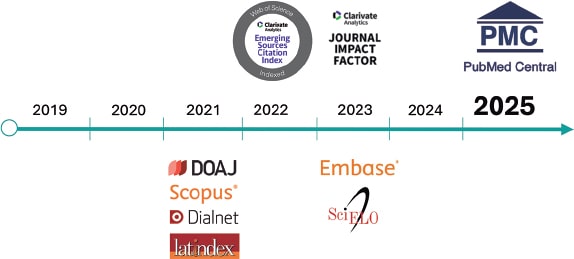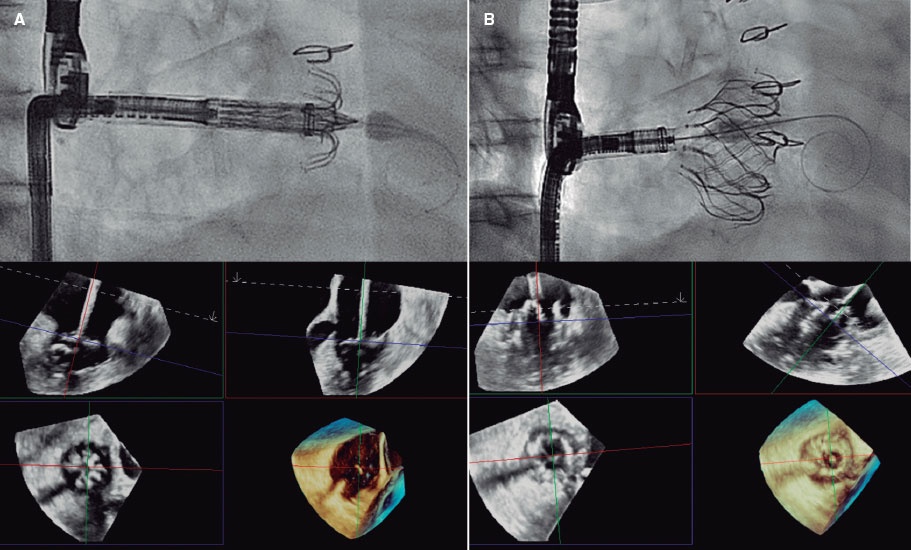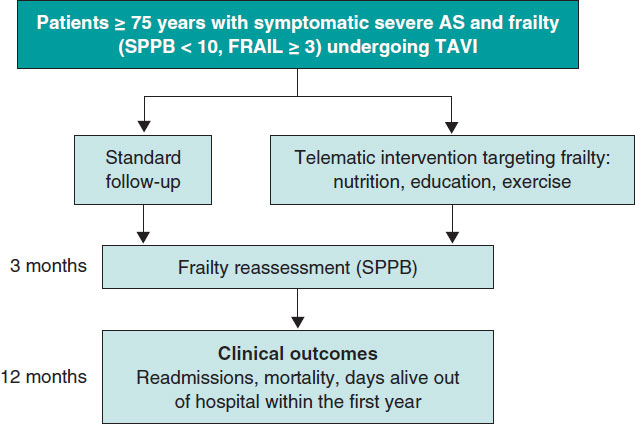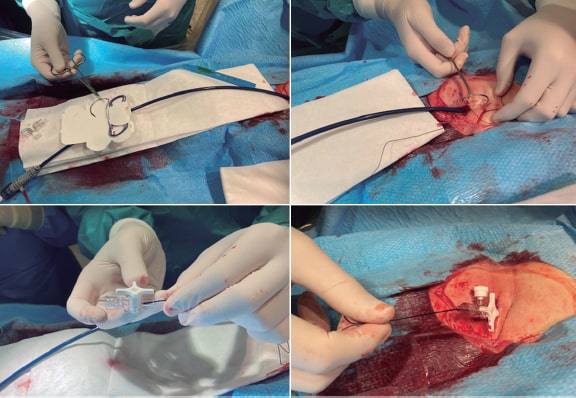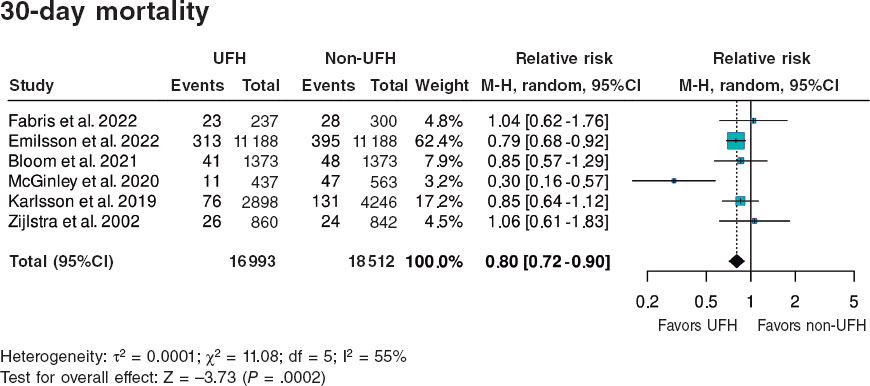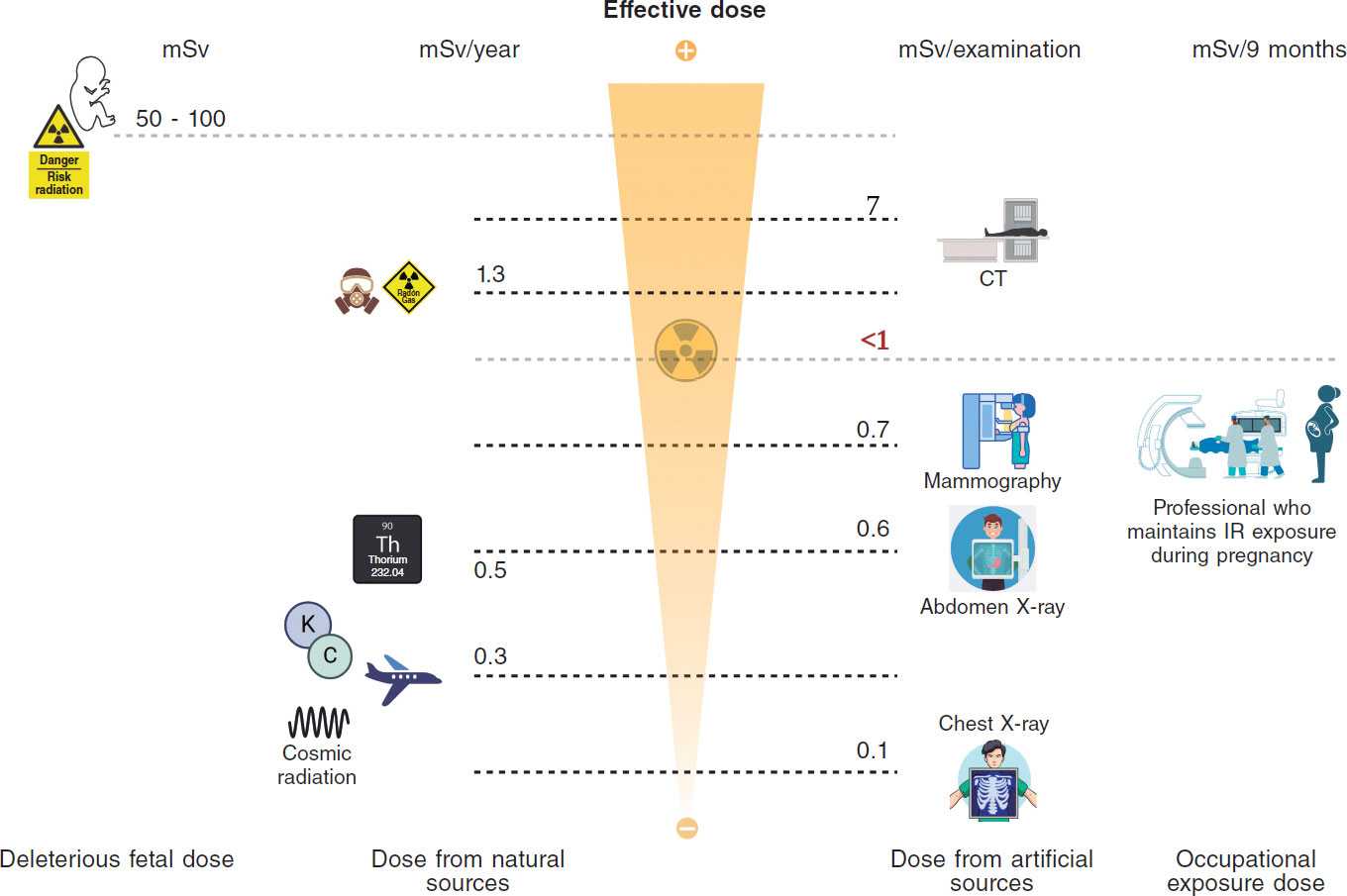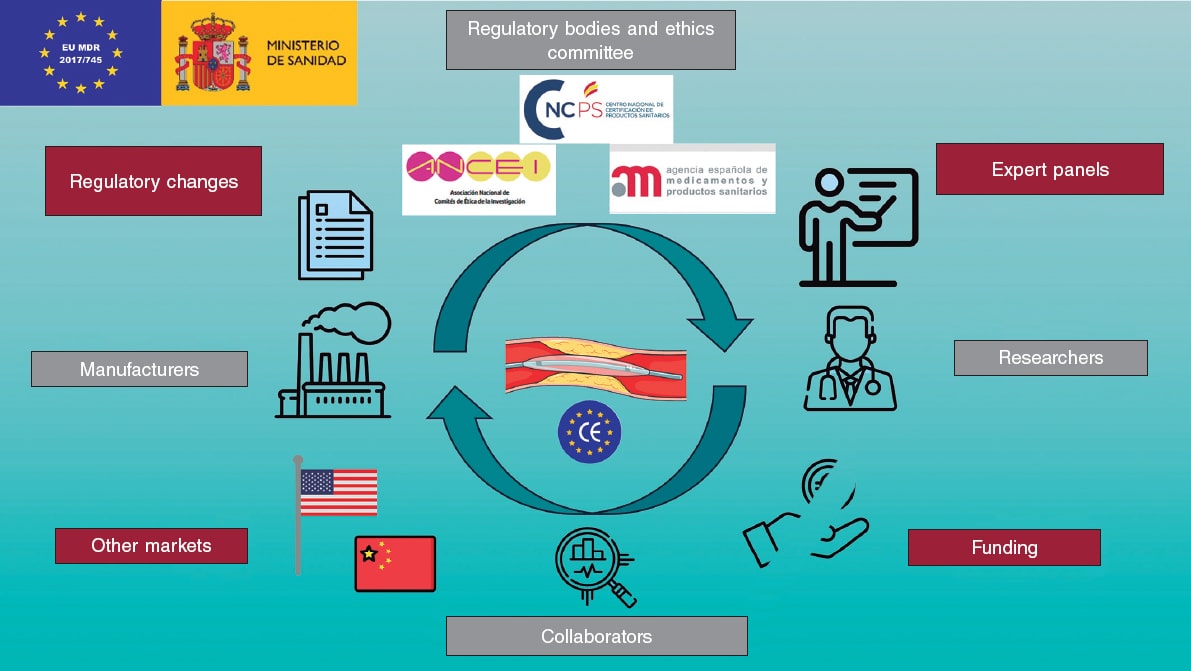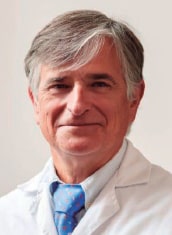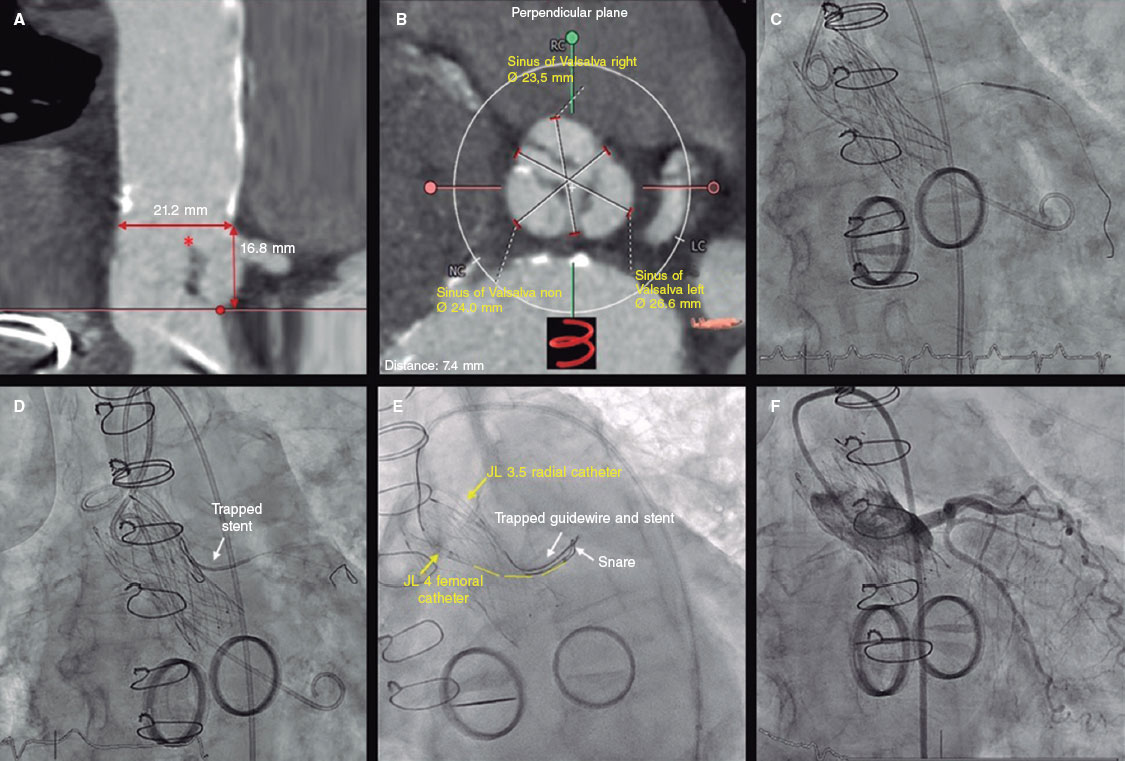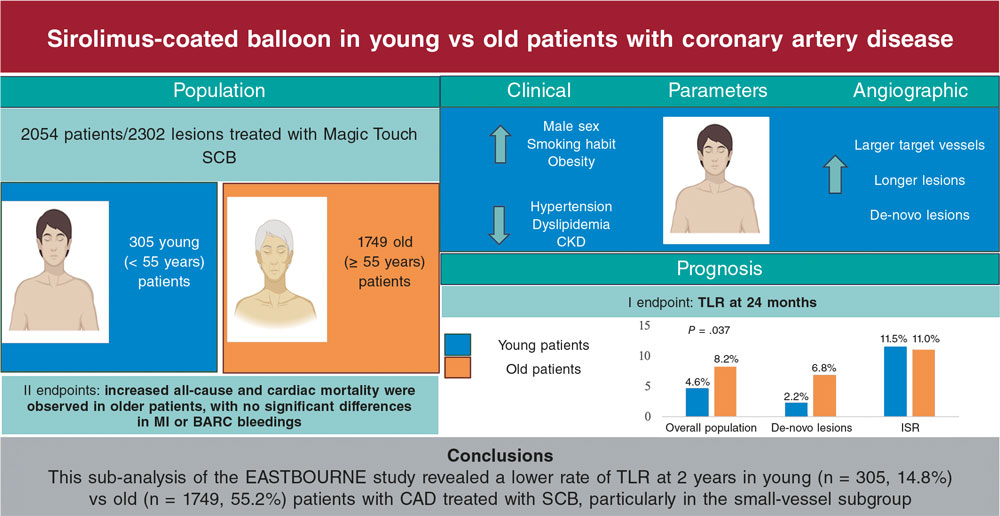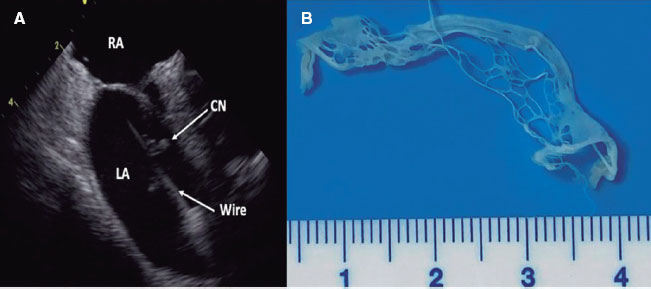A 45-year-old patient with dextro-transposition of the great arteries (d-TGA) repaired via Mustard procedure at the age of 5 years presented with lower limb venous congestion. Transthoracic echocardiography revealed turbulent flow at the systemic-venous-return baffle (video 1 of the supplementary data). Spiroergometry showed reduced peak VO2 and an O2-pulse curve with an early plateau and decline towards the end of exertion (figure 1A), both signs of reduced cardiac output at exertion. Cardiac magnetic resonance and fluoroscopy revealed heavily calcified and stenotic baffles (figure 1B; video 2 of the supplementary data). A 3 mmHg gradient between the superior (SVC) and inferior (IVC) vena cavae and the baffle chamber was present. The patient underwent baffle dilation with a covered stent at both SVC and IVC levels (figure 1C; videos 3 and 4 of the supplementary data). Follow-up echocardiography demonstrated restored laminar flow through the systemic-venous-return baffle with peak velocity of 0.8 cm/s (video 5 of the supplementary data). Self-limiting atrial arrhythmias occurred shortly after the procedure, highlighting the importance of follow-up and a low threshold for aggressive management of atrial arrhythmias given their association with sudden cardiac death in these patients. Mustard procedure—introduced with the Senning procedure for the management of d-TGA—uses a patch (often prosthetic or denaturalized pericardium) to redirect venous returns unlike Senning’s native tissue baffle. This patch is more prone to calcification, causing baffle stenosis. The European Society Cardiology clinical practice guidelines recommend catheter interventions for symptomatic baffle stenosis, reserving surgery for cases where percutaneous treatment is unfeasible (class I, level C).

Figure 1.
FUNDING
F.J. Ruperti-Repilado is funded by the Swiss National Science Foundation grant No. 214198.
ETHICAL CONSIDERATIONS
The authors confirm that written informed consent for submission and publication of this case report including images and associated text was obtained from the patient in full compliance with COPE guidance. In this work the possible variables of sex and gender have been taken into consideration in accordance with the SAGER guidelines.
STATEMENT ON THE USE OF ARTIFICIAL INTELLIGENCE
No artificial intelligence has been used in the development of this paper.
AUTHORS’ CONTRIBUTIONS
F.J. Ruperti-Repilado, F. Coserria-Sánchez, J. Díaz-Fernández, and P. Gallego contributed equally to this work. F.J. Ruperti-Repilado contributed substantially to the conception and design of the work, as well as to the acquisition, analysis, and interpretation of data. He drafted the manuscript and critically revised it for important intellectual content. F. Coserria-Sánchez contributed to the conception and design of the work, participated in the acquisition and interpretation of data, critically reviewed the manuscript, and was responsible for the interventional management of the patient. A. Wals-Rodríguez critically reviewed the manuscript, and was responsible for the clinical management of the patient. A. Guisado reviewed the manuscript critically and contributed to the interventional management of the patient. J. Díaz-Fernández contributed to the conception and design of the work, participated in the acquisition and interpretation of data, critically reviewed the manuscript, and contributed to the interventional management of the patient. P. Gallego contributed substantially to the conception and design of the work, participated in the acquisition and interpretation of data, critically reviewed the manuscript, and was responsible for the clinical management of the patient. All authors approved the final version of the manuscript and agreed to be made accountable for all aspects of the work, ensuring the accuracy and integrity of the content.
CONFLICTS OF INTEREST
None declared.
ACKNOWLEDGEMENTS
We wish to thank the patient and his family for letting us present his case in this case report.
SUPPLEMENTARY DATA
Vídeo 1. Ruperti-Repilado F.J. DOI: 10.24875/RECICE.M25000500
Vídeo 2. Ruperti-Repilado F.J. DOI: 10.24875/RECICE.M25000500
Vídeo 3. Ruperti-Repilado F.J. DOI: 10.24875/RECICE.M25000500
Vídeo 4. Ruperti-Repilado F.J. DOI: 10.24875/RECICE.M25000500
Vídeo 5. Ruperti-Repilado F.J. DOI: 10.24875/RECICE.M25000500


